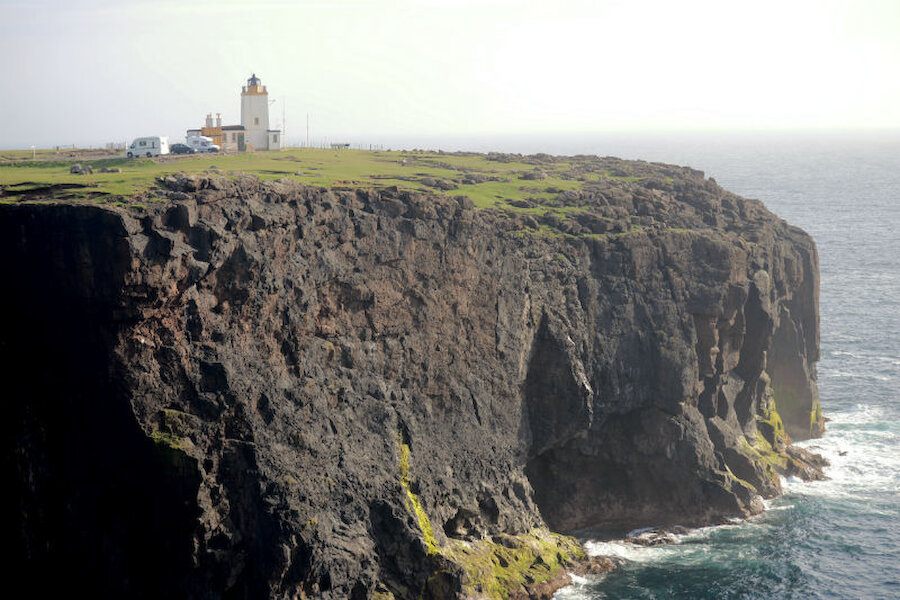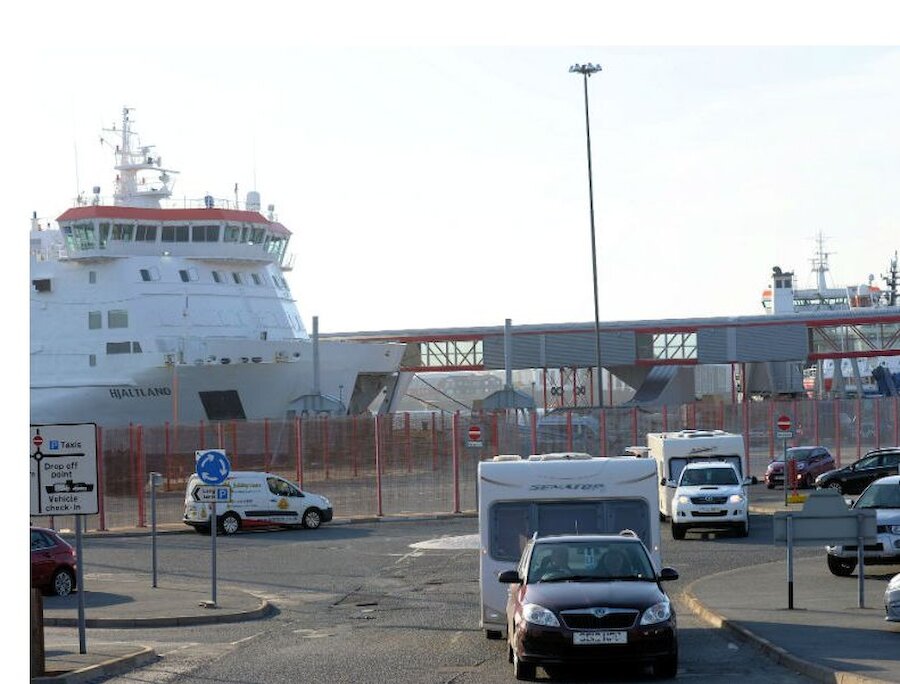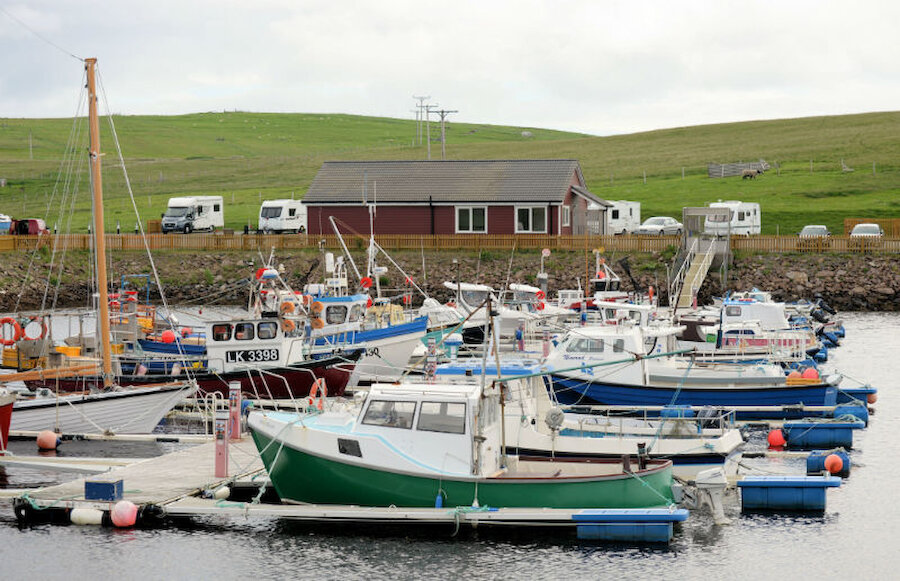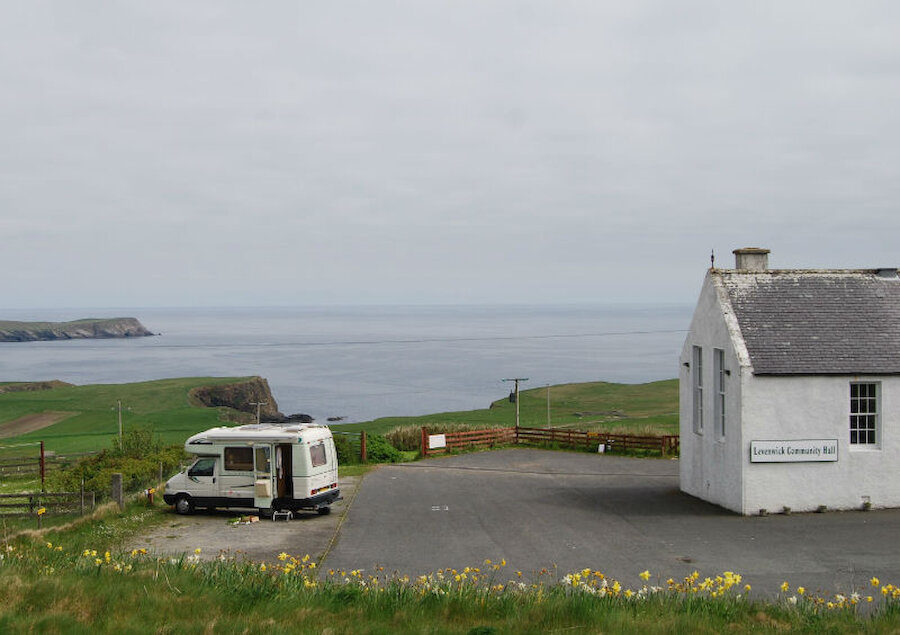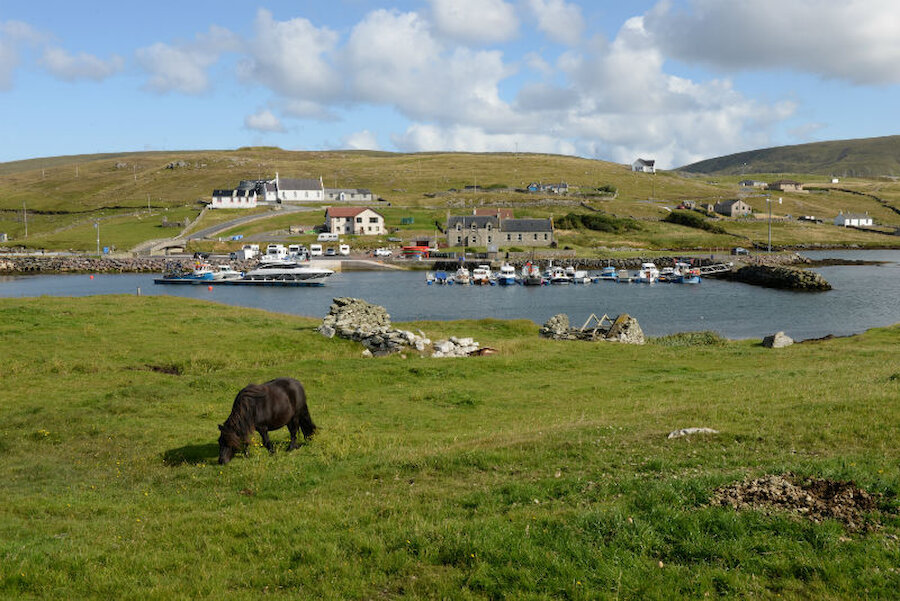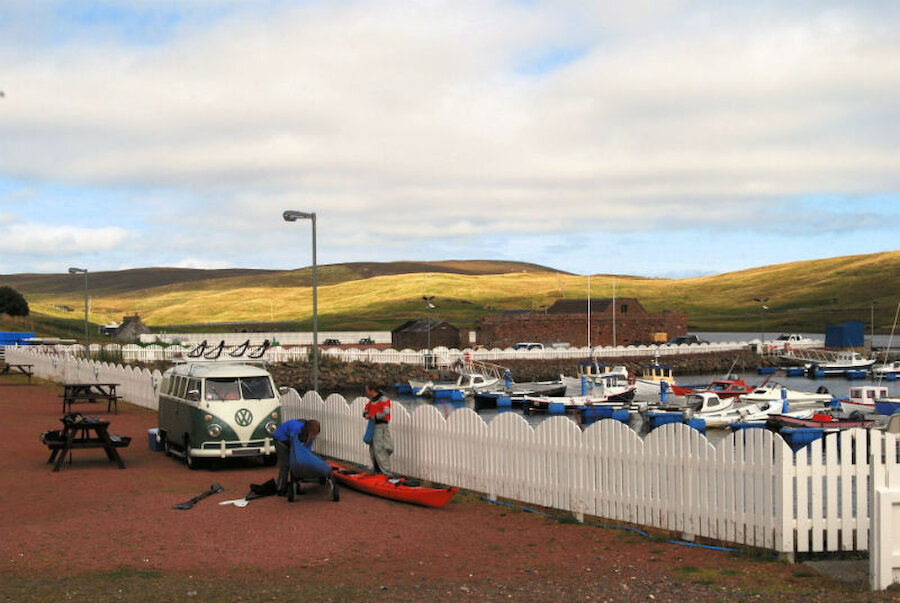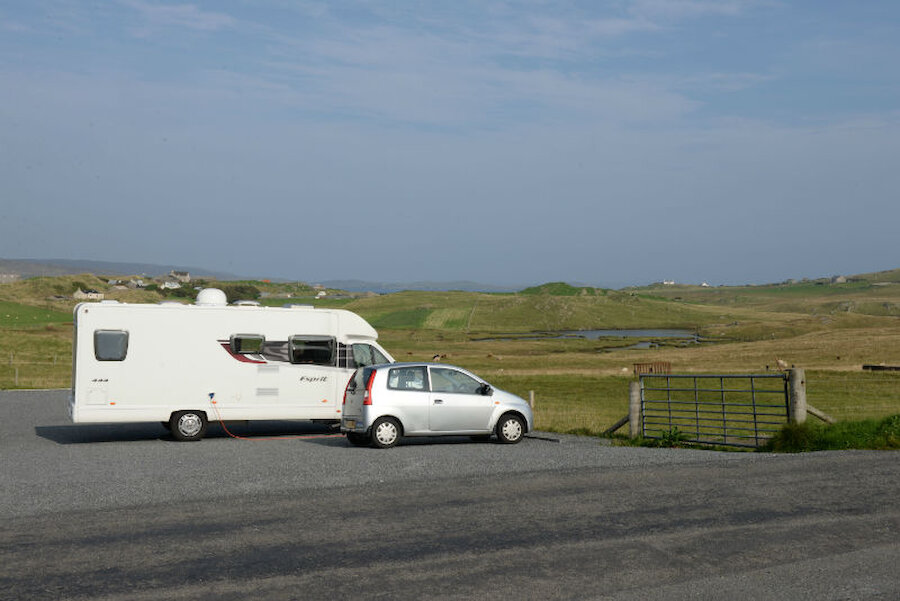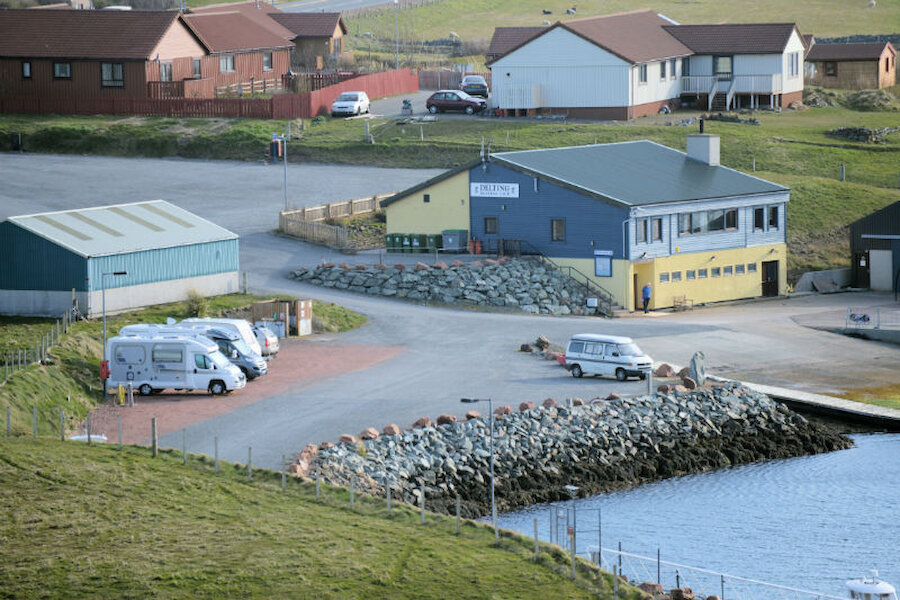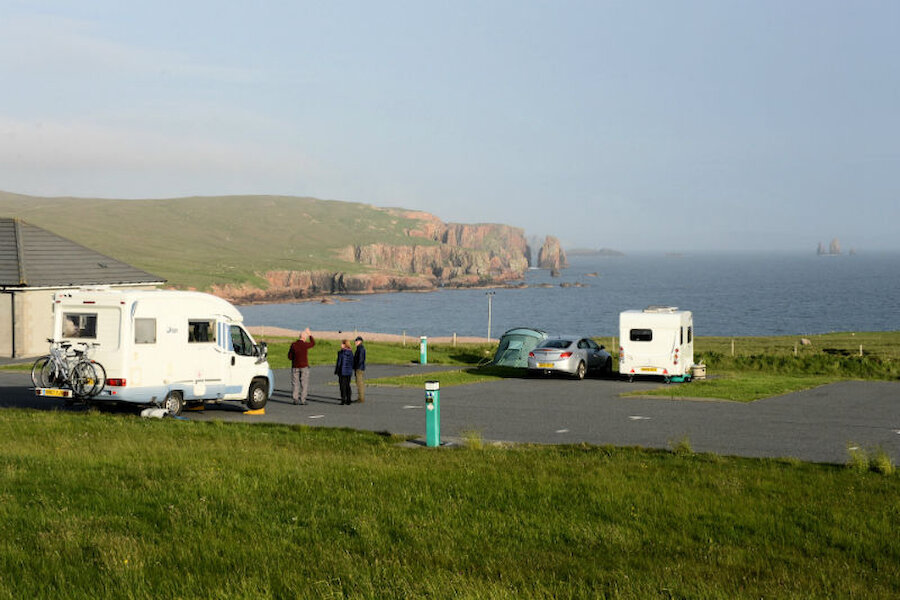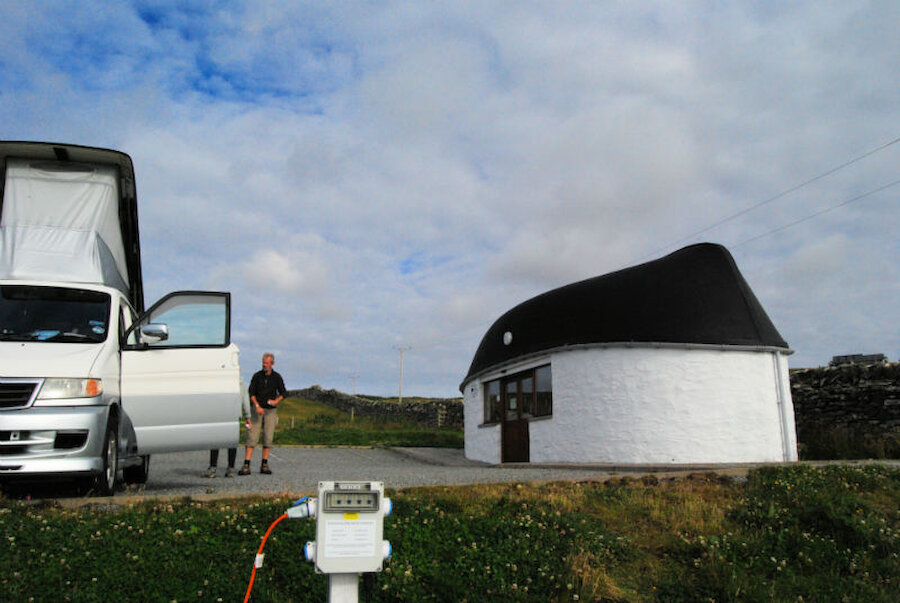Maybe you want to spend some time in Shetland to explore all that the islands have to offer the visitor. Our website has lots of information about things to do. Or maybe you’re thinking of joining us permanently in Shetland, and want to get the measure of the islands as a place to live; again, we have plenty of practical information to help you do that.
Whatever your reasons for visiting Shetland, a caravan or motorhome makes a great and very flexible base. There are licensed sites with facilities in many parts of Shetland and all of them have at least four hook-ups.

